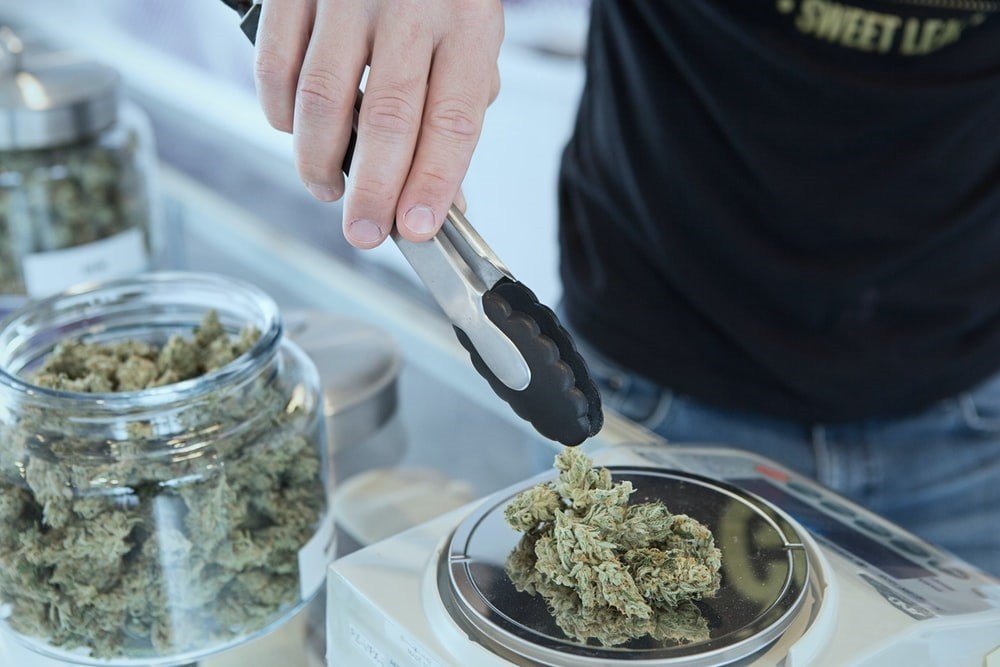The 2018 Farm Bill: A History From The Beginning To Now
The 2018 Farm Bill or the Agriculture Improvement of Act of 2018 reauthorized several expenditures in the Agricultural Act of 2014, the previous Farm Bill. The Senate passed the 2018 Farm Bill, granting $867 billion to the appropriate departments, on December 11, 2018, and the House of Representatives passed it on December 12, 2018.
The Importance of the 2018 Farm Bill
Although the Farm Bill extended the agricultural and nutritional policy for five years, the most crucial amendment and addition to the legislation involved the cannabis plant. Often, the government has shown resistance to discussing cannabis plant as part of Nutritional assistance, farm subsidies, and crop, but the year, everything changes.
Senate Majority Mitch McConnell from the Republican Party expressed his views on hemp, showing support for it. This support led to the government bringing cannabis plants back onto the Senate and House floor.The 2018 Farm Bill’s Definition of the Cannabis Plant
The legislation defines hemp as the cannabis plant known for producing marijuana, but with one stark difference. The legislation states that hemp can’t have over 0.3% of THC. THC is the compound in the cannabis plant that makes people high.
The 2018 Farm Bill defined the legal and illegal amounts of THC in the cannabis plant, which had gone unrecognized for decades, leading to a complete ban of hemp. The 1937 Marihuana Tax Act made hemp illegal, and later, the 1970 Controlled Substances Act banned every type of cannabis.
Although the 2018 Farm Bill changed its stance on the cannabis plant, it left people confused and made them guess the policy change’s dos and don’ts.
Although the Farm Bill extended the agricultural and nutritional policy for five years, the most crucial amendment and addition to the legislation involved the cannabis plant. Often, the government has shown resistance to discussing cannabis plant as part of Nutritional assistance, farm subsidies, and crop, but the year, everything changes.
Senate Majority Mitch McConnell from the Republican Party expressed his views on hemp, showing support for it. This support led to the government bringing cannabis plants back onto the Senate and House floor.The 2018 Farm Bill’s Definition of the Cannabis Plant
The legislation defines hemp as the cannabis plant known for producing marijuana, but with one stark difference. The legislation states that hemp can’t have over 0.3% of THC. THC is the compound in the cannabis plant that makes people high.
The 2018 Farm Bill defined the legal and illegal amounts of THC in the cannabis plant, which had gone unrecognized for decades, leading to a complete ban of hemp. The 1937 Marihuana Tax Act made hemp illegal, and later, the 1970 Controlled Substances Act banned every type of cannabis.
Although the 2018 Farm Bill changed its stance on the cannabis plant, it left people confused and made them guess the policy change’s dos and don’ts.
Farm Bill: What’s In It?
Changes
- The 2018 Farm Bill permitted pilot programs to examine hemp or industrial hemp and received approval from the United States Department of Agriculture (USDA) and the agriculture state departments.
- It legalized small-scale development of hemp farming for limited purposes.
- It allows the delivery of hemp-derived products across state borders for commercial purposes.
- It doesn’t restrict the sale, delivery, and possession of hemp-derived products, given the cultivation methods used to create it comply with the law.
- Renewed protection for hemp research and the conditions for performing research.
- Renewed hemp research under the Critical Agricultural Materials Act, which identifies the significance, diversity, and prospect of the cannabis plant and the hemp-derived products and also identifies the fact that a lot more research needs to be done to uncover regarding the cannabis plant and hemp-derived products for commercial purposes and from a market perspective.
Restrictions
- The 2018 Farm Bill still restricts vendors from growing hemp whenever and wherever they desire.
- The cannabis plant can’t have more than 0.3% THC, and if it does, the federal law will recognize it as marijuana
- Both the state and the federal government will control the cultivation and production of hemp. Hence, the state departments of agriculture need to work with the chief law enforcement officer and the state governor to develop a hemp regulatory plan to submit to the Secretary of USDA.
- States can only license and regulate hemp if they’ve approval from the Secretary of USDA.
- If a state chooses not to create a hemp regulatory plan, the USDA will create a hemp regulatory plan, which vendors need to follow in terms of applying for a license. They also have to comply with all the laws and regulations set by the federal government for the plan.
Since then, several states in the United States have legalized cannabis plants for medicinal and recreational purposes, with a few states trying to legalize it.

